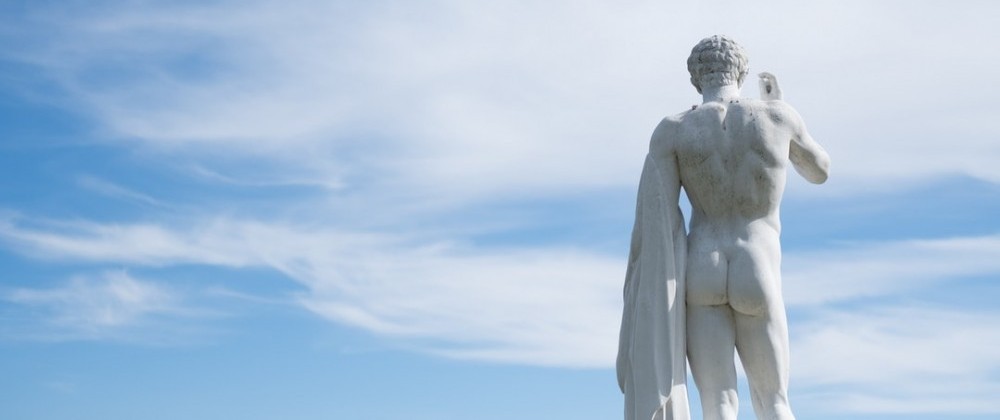Diabetes Mellitus (DM) and Diabetes Insipidus (DI) have the common word “Diabetes”. However, are they similar conditions?
Let us find out how they got their names.
In Greek “Diabetes” means “go through”. In both diseases, the passing lot of urine is a common symptom, which doctors called “Polyuria”.
The Latin meaning of “Mellitus” is “Honey” or “Sweet”. The people with DM have sweet urine because their urine contains sugar molecules (glucose).
Dr Thomas Willis explained this in 1674. He described urine of DM patient as
“Wonderfully sweet as if it were imbued with honey or sugar”.
The Latin meaning of “Insipidus” is “No taste”. It refers to “no taste” of urine. DI also called “Drinker’s disease”.

DM is one of the commonest diseases in the world. Diabetes Insipidus is not that common.
DM 770:100000
DI 3:100000
Although both conditions are developed due to problems in the endocrine system (or hormone system), they have many differences regarding causative factors and treatment options.
Diabetes Mellitus
Glucose is the main energy source in our body. For cells to use glucose and function optimally, the sugar level in the blood always should be in normal ranges. The normal blood sugar level in our body controls by Insulin hormone.
In DM, blood sugar level goes up. This may be due to Insulin deficiency or due to insulin resistance. According to the underlying cause, DM can divide mainly into two types, Type 1 and Type 2.
Diabetes Insipidus
It is a rare disease. DI is a result of inadequate secretion of Antidiuretic Hormone (ADH) or lack of normal response by kidneys to ADH.
DI is characterized by excessive urination and extreme thirst.
Urine output of a normal person is about 800ml to 2L per day. In DI, it ranges from 2L to 15/L per day. This leads to an excessive water loss from the body and electrolyte imbalance. As a result, thirst centers get stimulated and increase thirst.
Regulation of body fluids and the role of ADH
The main composition of our body is water. Thirst center in the brain controls the fluid intake. We excrete waste products and water via urine. These are the main ways of taking fluids into our body and remove fluids from our body. To maintain optimum body function, we must keep our body fluids in balance.
There is a complex mechanism in our body to maintain the composition of body fluids. It includes the functions and effects of the ADH.
ADH hormone secretes from the hypothalamus of our brain and it stores in the pituitary gland. ADH releases according to the requirement of our body. When the composition of blood changes due to lack of water, (high osmotic pressure) it stimulates the receptors in the brain called “Osmoreceptors”.
Osmoreceptors stimulate the hypothalamus and secrete ADH. ADH acts on kidneys and increases water reabsorption. So urine production goes down but conserves water inside the body.
When there is a problem in synthesis, storing, releasing or response to ADH, that may lead to DI.
There are 4 types of DI.
1. Hypothalamic DI (or, Central DI)
Hypothalamic DI can be due to inheritance (genetics), or due to damage to hypothalamus or pituitary gland.
ADH deficiency can be due to head/brain injury, brain tumor, infection, inflammation, or surgery.
This type of DI mainly affects ADH production, storage or release.
2. Nephrogenic DI
In Nephrogenic DI, kidneys do not respond to ADH as they supposed to. The effects are as same as in Central DI.
The causes for reduced ADH response include:
- Kidney diseases
- Various medications such as lithium
- High calcium concentration or low potassium levels in the blood
- Any blockage in the urinary system
3. Dipsogenic DI
This condition occurs due to damage to the thirst centers in the hypothalamus. Causes for hypothalamic damage as same as central DI. It includes head/brain injuries, surgery, infections, and inflammation inside the brain. Damage to the thirst canters cause abnormal increase of thirst. So people drink more water. This abnormal intake of fluids causes suppression of ADH secretion. So the urine output is also high.
4. Gestational DI
This is the 4th
type of DI and discuss below comparing with Gestational DM

Are there types of DM and DI associated with pregnancy?
The standard answer is “Yes”.
Gestational DM
Percentage of Gestational DM among pregnant mothers in the world is around 13.2%. This is a condition with an increase in blood sugar level during pregnancy. The condition may lead to complications to the fetus and during labor. Mothers who had Gestational Diabetes have a high risk of getting type 2 Diabetes later in life.
Gestational DI
This is a rare condition. The incident is about 2-4 per every100,000 pregnancies. It starts in the latter part of pregnancy and spontaneously goes to a remission within 4-6 weeks after delivery.
Similarities of DM and DI
- Cause for both Diabetes conditions is hormone deficiency or resistance.
- Both conditions lead to increase glucose in the blood.
- In both conditions, excessive urination (polyuria) is a feature.
- In both conditions, excessive thirst is a feature.
- With both conditions, you may experience blurred vision.
- For both conditions, there is no cure according to scientific evidence. But we can treat for the symptoms only.
- Both conditions may lead to chronic kidney disease as a complication.
Differences between DM and DI
DM is a result of Insulin deficiency or resistance. In DI is a result of ADH deficiency (or resistance).
- In DM, sugar concentration in the blood goes up (due to insulin deficiency or resistance). In DI, Sodium and other electrolyte levels go up (due to excess water loss).
- In DM polyuria occurs due to excretion of glucose with urine and water molecules follow glucose passively. In DI, it is due to lack of reabsorption of water excreted via kidneys.
- In DM, urine contains glucose and urine may have a smell, cloudy appearance or yellowish color. However, in DI, urine has no sugar, no taste or smell and very clear urine.
- In DM, appetite may go up but in DI appetite may not change.
- In DM, excessive thirst is due to high glucose concentration in the blood which stimulates thirst centers in the brain. In DI, it is due to excessive urination which causes dehydration and stimulates thirst centers.
- In DM, ‘blurred vision’ is due to high sugar level causes swelling of the lens of the eye. In DI, it is due to chronic dehydration.
Now we know much more about DM and DI.






Nice one Shani. I have learned a lot here. This post is loaded. I know of Diabetes mellitus, however, just hearing of Diabetes insipidus for the first time. No wonder it is not that common. Thanks for taking the time to explain the similarities between diabetes mellitus and diabetes insipidus.
All over the world millions of people die annually due to complications of diabetes.
Any preventive tip for Diabetes insipidus? Well done!
Dear Tolu,
Thanks for the comment and I am glad that you found the information useful.
Like Diabetes Mellitus Type 1, Diabetes Insipidus is also likely to be a life-long condition. Similarly, you may be not able to prevent it.
Often, Diabetes Insipidus is associated with another health problem such as kidney tumour. Even though you can not prevent once Diabetes Insipidus is diagnosed, you can usually manage its symptoms well.
https://youtu.be/WZfNfh3OArQ
In general, a healthy lifestyle could help people to prevent diseases contributing to or cause Diabetes Insipidus.
I hope this helps.
I have always had a sketchy understanding of diabetes, I even thought that, the only cause of diabetes is the consumption of too much sugar.
I am happy I came across your much educative post on diabetes. Now I know more and I’m more informed, I now know that there are two types of diabetes, the Diabetes Mellitus, which is the sweet urine diabetes and the Diabetes Insipidus, which is the tasteless urine diabetes.
Diabetes is becoming more and more rampant, so I’m glad that I’ve added to my knowledge. Now, I’m at a better position to prevent the disease.
Dear Peace,
Thanks for the comment and we are glad that you found the information useful.
We will be adding more and more content to MediChannel, so I am sure you will always learn something new about diabetes being a part of our community.
Best wishes and take care.
Great writeup. According to previous researches, diabetes insipidus and diabetes mellitus — which includes diabetes of both type 1 and type 2 — are unrelated, although both conditions cause frequent urination and constant thirst. People with diabetes insipidus may have normal levels of blood glucose, but their kidneys are unable to balance fluid in the body.
Dear Ayodeji,
Thanks for the comment and contribution to the knowledge base.
Best wishes.
Diabetes is a very serious issue. I was taught in biology during my secondary school days that we can have both Diabetes insipidus and Diabetes Mellitus, and am glad you made mention of this in your article. I think Diabetes Insipidus is the worse of the two because it could be embarrassing going to the restroom every now and then just to urinate and also going to the refrigerator also every time to drink some water.
Thanks so much for this educative post. I hope you will write more about this kind of health topics, and i am really looking forward to reading them subsequently. It has really been helpful!
Hi Dapoach,
Thanks for your comment.
We are glad that you found the information useful.